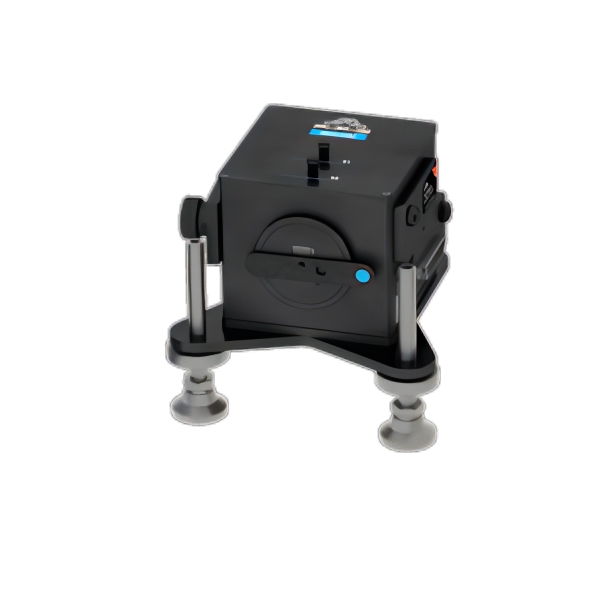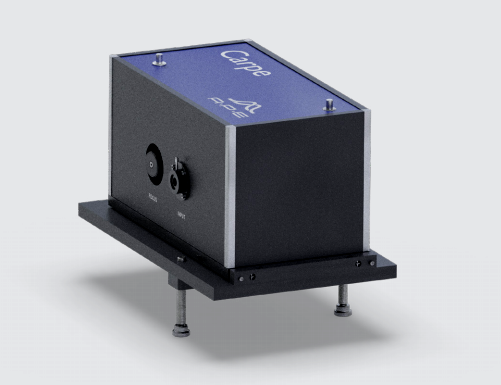Lausanne, Switzerland--Scientists at Ecole Polytechnique Fédérale de Lausanne (EPFL) are now using ultrafast fluorescence spectroscopy to observe electron transfer, a process by which an atom donates an electron to another atom. Electron transfer is the foundation of all chemical reactions, and is the focus of intense research because of the implications it has for chemistry and biology.
When two molecules interact, electron transfer takes place in a few femtoseconds; studying the process requires time-sensitive techniques like ultrafast spectroscopy. However, the transfer itself is often influenced by the solution (for example, water) in which the molecules are studied, and this must be taken into account when such experiments are designed. In a recent Nature Communications paper, the EPFL group describes the first-time visualization of how electron transfer takes place in water.1
Majed Chergui's group at EPFL's Laboratory of Ultrafast Spectroscopy (LSU) created a world-unique setup in their lab in which iodide in water was excited with ultraviolet light, causing the ejection of an electron from the iodine atom. Using ultrafast fluorescence spectroscopy, they observed the departure of the electron over different times between 60 and 450 fs. Previous research has always been limited to times between 200 and 300 fs because once the electron exits, other processes take place that shade the longer periods of time -- and shorter times have until now been inaccessible.
Conclusion: water strongly influences the electron transfer
The experiment showed that the departure of the electron depends very much on the configuration of the solvent cage around the iodide; the polarized water molecules held the excited electron in place for a time, causing some structural rearrangement of the water in the process, while the driving force for electron ejection into the solvent is being reduced. Ultimately, the solvent cage does not prevent electrons from departing, but it slows down their departure, stretching their residence time around iodine up to 450 fs.
For over twenty years, scientists have been trying to understand how an electron departs from an atom or molecule, travels through space in a solvent, and finally connects to an acceptor atom or molecule. Understanding the real-time impact of the solvent is crucial, because it directly affects the outcome and efficiency of electron-transfer chemical reactions.
"It's not enough to consider only the donor and acceptor of the electron; now you have to consider the solvent in between," says Chergui. "If you are thinking about driving molecules by light into electron transfer processes, this is in a way telling the community 'watch out, don't neglect the solvent -- it is a key partner in the game, and the rearrangement of the solvent is going to determine how efficient your reaction will be.'"
REFERENCE:
1. Fabrizio Messina et al., Nature Communications 4, article number 2119 (2013) doi:10.1038/ncomms3119
超快荧光光谱观察电子传输
Ultrafast fluorescence spectroscopy observes electron transfer
07/02/2013





